I’ve always liked to day dream about ancient times and what it would have been like to live then. When I started some of my old-time crafts, I often thought about how they might have been discovered. Some of my favorite crafts are so ancient, no one really knows how they started. Spinning, felting and soap making are three crafts that have been around since the dawn of time.

Accidental Discoveries - A Fantasy
by Ragtimelil
Have you ever wondered how spinning, felting or soap making was discovered? Here' s my fantasy of how ancient people learned about them.
Felting, the Old Time Way
Felt is made from rubbing or rolling wet wool with a little bit of soap until it forms a fabric. Felting is a craft that has been highly developed in the Middle Eastern regions. Tribes of wandering families used large pieces of felt to cover the wooden frames for their houses called yurts or gers. Fine rugs are still being made in the traditional way in places like Turkey.
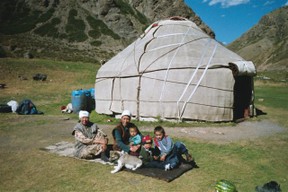
The First Felt
There are several legends on how felt making was discovered. One says a saint stuffed his shoes with wool and the heat and friction produced a felt liner. Others say the ark was lined with wool that became felt as the animals trampled it. I don’t know who discovered it, but I don’t doubt that wool was used in some fashion, like lining a shoe, where the action of moisture, heat and friction turned it to felt. I can just see the face of the person who pulled off his shoe and discovered a soft, durable object that could be made into a myriad of articles.
Felting and Yurts
 | Beginner's Guide to Feltmaking Using step-by-step photographs that show how to magically transform wool fibers into fabric, this guide presents a series of easy-to-follow projects that range from simple panel... |
 | Uniquely Felt Feltmaking is the magical transformation of a loose pile of wool fibers into a durable, alluring nonwoven fabric. An ancient process that continues to work its wonder on modern ... |
 | Complete Feltmaking: Easy Techniques and 25 Great Projects Felt is an ancient craft, dating back to the Bronze Age. It is the oldest textile fabric and was made before people learned to spin, weave or knit. Hand-made felt has an entirel... |
 | Yurts: Living in the Round Yurts: Living in the Round journeys from Central Asia to modern America and reveals the history, evolution, and contemporary benefits of yurt living. One of the oldest forms of ... |
 | Circle Houses: Yurts, Tipis and Benders (House That Jack Built) Among nomadic peoples, round-shaped homes, echoing natural forms, have sheltered families since the dawn of recorded time. The natural world is filled with circles, but it's sur... |
What About Soap?
The earliest record of soap is in Babylonia around 2800 BC. Soap is the product of fat and lye. Lye is a byproduct of wood ash. I can imagine people sitting around a campfire, cooking meat over an open fire. Grease from the meat drips down into the ash. The next morning, when the fire has cooled down, someone picks up a glob of sticky stuff out of the ash and rubs it between their fingers. If gets slippery and produces a little foam.
I read in a book by Bradford Angier, that wood ash is a great way to clean greasy pans when camping. I had to try it. I took a small handful of ash, scrubbed the pan with it and, sure enough, it created a bit of soap. It would be reasonable to think that rinsing the pan would clean the hands too and from that would come bathing and washing clothes.
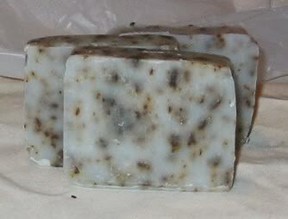
Soap and Stuff
 | Wilderness Wife "Wilderness Wife" by Bradford and Vena Angier is a real life adventure book about a couple who "forsook civilization... and went off to live the life of Thoreau in the wildernes... Only $6.49 |
 | Smart Soapmaking: The Simple Guide to Making Traditional Handmade Soap Quickly, Safely, and Relia... SPECIAL NOTE! -- ANNE WILL PERSONALLY ANSWER ANY QUESTION OF YOURS AFTER READING THIS BOOK. ASK ON HER WEB SITE, AND YOU'LL NORMALLY HEAR BACK WITHIN HOURS! Maybe you've made me... |
Are You Spinning Yet?
Spinning is another craft that I’m sure was discovered quite by accident. I can just see someone with a handful of fiber, plant or animal, twisting in an absent minded way. Slowly he or she realizes that the twisted cord is strong while the untwisted fibers pull apart.
I imagine that cordage was the first item that people learned to spin. There would be a great need for string and rope to hold things together. I’d imagine that cords would be twisted and then woven to create bags for storage and carrying.
Eventually the idea of making clothing developed. Interesting String skirts for women were discovered by archeologist and thought to indicate a woman of child-bearing age in the Bronze Age.
Spindles
During the process of spinning, probably done on the thigh, the invention of the spindle occurred. A basic spindle is simple a stick and a weight. I’ve tried spinning with a rock and it does work, but there is nothing to wind the spun fiber onto. A stick would serve that purpose. Weights were rocks, clay, metal or wood. The oldest spindle weight found is about 1,000 years old.
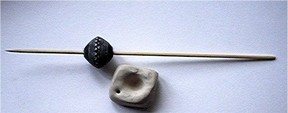
Spinning Books
 | Respect the Spindle Enjoying a resurgence in popularity thanks to the current trend of DIY crafts, the hand spindle remains one of the most productive, versatile, and convenient tools for creating ... |
 | Women's Work: The First 20,000 Years: Women, Cloth, and Society in Early Times This is an excellent book! "A fascinating history of . . . [a craft] that preceded and made possible civilization itself." —New York Times Book ReviewNew discoveries about the textile arts reveal women's ... Only $27.22 |
 | Primitive Technology II: Ancestral Skill - From the Society of Primitive Technology The Stone Age is the common denominator of mankind, and through experimental archeology-the relearning and replication of ancient skills-we take a step of discovery and understa... Only $19.59 |
 | Prehistoric Textiles: The Development of Cloth in the Neolithic and Bronze Ages with Special Refe... This pioneering work revises our notions of the origins and early development of textiles in Europe and the Near East. Using innovative linguistic techniques, along with methods... |
You might also like
The Engineering Mastery of the Wright BrothersMost people recognize that the Wright brothers mastered powered flight, but f...
The Magic and Myth of British FungiMushrooms and toadstools grow all over the world, and whilst many are edible ...
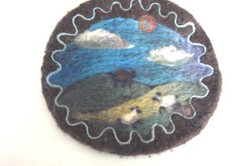

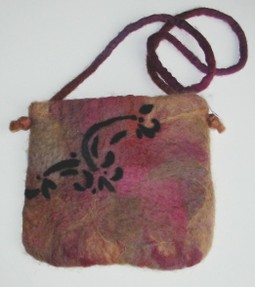
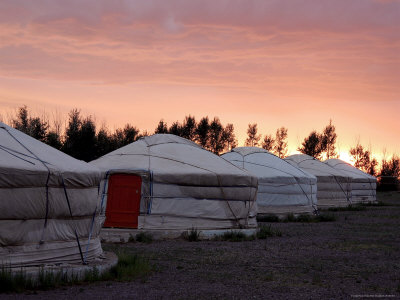
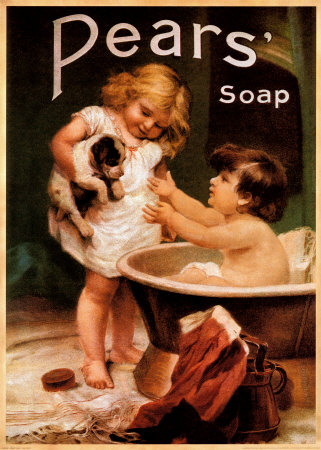
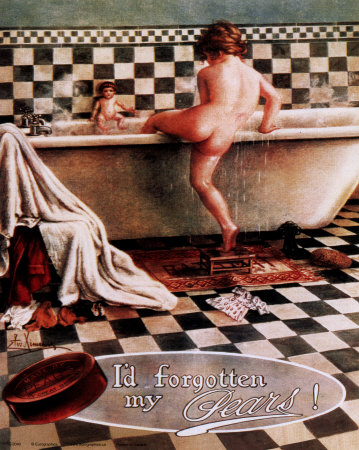

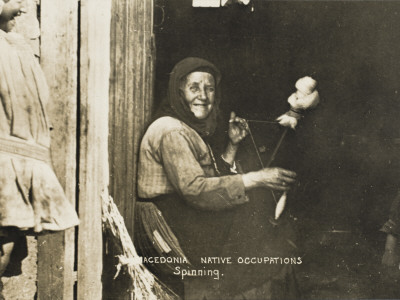
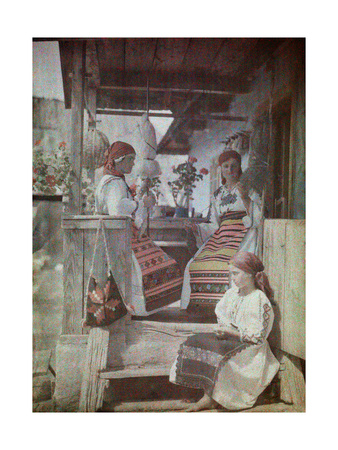

 How I Found My Free Family History Programon 09/05/2013
How I Found My Free Family History Programon 09/05/2013
 Finding a Graveon 09/01/2013
Finding a Graveon 09/01/2013
 Do Border Collies Make Good Pets?on 08/11/2013
Do Border Collies Make Good Pets?on 08/11/2013
 Hubert Patey - an Indentured Servanton 08/02/2013
Hubert Patey - an Indentured Servanton 08/02/2013


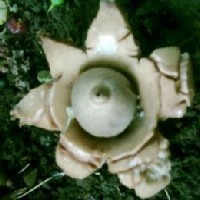
Do You Have an Ancient Craft?
Yep and somewhere along the line someone discovered they could use olive oil and invented castile soap.
The northerners were a little slow to catch on to soap. Hence the legend that one of the English queens, to her minions admiration, took a bath "once a month, whether she needs it or no."
I didn't know that soap origin dates back to time before Roman history of soap-making. You motivated me to do a little research and now I know that after Babylon, ancient Egyptians used to create soap-like substances, and then the Romans.